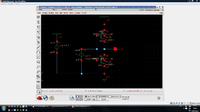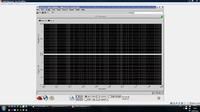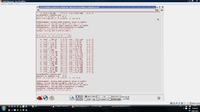kudret
Junior Member level 2
Hi guys
I want to know how to perform an ac analysis for an inverter or any other designes?
this is my inverter
ImageShack® - Online Photo and Video Hosting
I want to know how to perform an ac analysis for an inverter or any other designes?
this is my inverter
ImageShack® - Online Photo and Video Hosting


